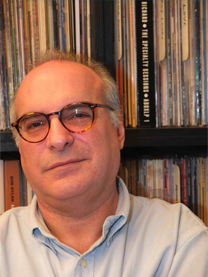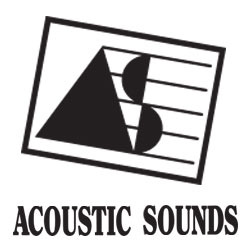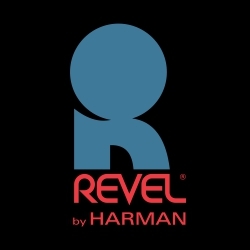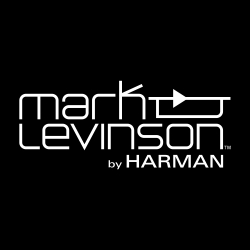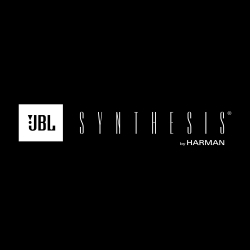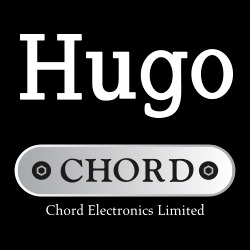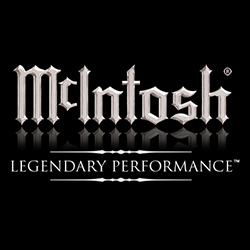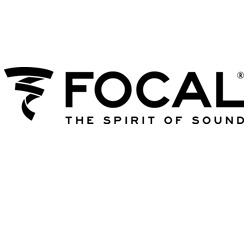It’s taken long enough, but some of the older British manufacturers have finally realised that there’s no better quality to exploit than one’s own heritage. (The younger ones, quite naturally, have no heritage yet worth exploiting.) The revival a few years back of the Radford STA-25 valve amplifier under the aegis of Woodside Electronics was something of a false start, however good a job the company did with this update; it didn’t herald a run of reissues from other UK makers. So, instead of a flood of lovingly recreated classics, we got, er, nothing. At least, on this side of the Atlantic.
Now that the Americans have shown the way, with Dynaco Redux up and running, AR announcing the return of the AR3a and McIntosh basking (quite rightly) in the glow of the successfully-reincarnated MC275 power amp (with the C22 pre-amp to follow), others are less afraid to commit to grave-robbing. True, Wharfedale blew it completely with its half-baked attempt at reviving Leak a couple years ago, a criminal waste of one of the most respected names in British audio history, but that seems to be par for the course.
Quad’s nod to its past included a lovely commemorative brochure for its 50th Anniversary back in ‘86, but it is undoubtedly the company least likely to admit that its earlier products warrant revivification. Hands up all those who’d place an order right this minute for brand new Quad IIs, 22s and the original electrostatics!
Enzo Ferrari once said that one of his few regrets in life was that he didn’t keep a selection of the important Ferrari automobiles; visitors to that company’s small and impoverished museum will know what he meant. So, too, have British hi-fi manufacturers (indeed, almost all of the world’s hi-fi manufacturers) been negligent in maintaining museums of their wares. I’ve visited probably a hundred factories and can only recall seeing decent selections of past successes – either on display or viewed at one’s request – at Audio Research, Bose, Dual, Sennheiser and Tandberg. Indeed, the display of classic tube gear at the Top Audio show in Milan put to shame the very efforts of the manufacturers themselves.
So it’s with some pleasure I note that Rogers, for example, is about to redress the neglect. It’s common knowledge that Rogers has returned to manufacturing electronics, with a new range of solid-state equipment not a little reminiscent of the last of the solid-state units from the late 1970s and early 1980s. But just as interesting is Michael O’Brien’s Ferrari-like concern for the lack of elder Rogers components at the factory. I don’t know if he’s made a concerted effort to round up a decent selection of the company’s vintage offerings, but it’s worth noting that there were some lovely Rogers valve products on display at the Hi-Fi Show at Heathrow. A little birdie tells me that one or two of the valve classics might be reissued in true replica form, but I wouldn’t place any bets just yet. Suffice to say, O’Brien has no intention of neglecting the company’s heritage again. Indeed, the LS3/5a – Rogers’ most venerable, long-serving product – has just been graced with the sub-woofer it has deserved for so many years.
On a far smaller scale, the need for enthusiasts to sustain the operability of the classic Kelly Ribbon (later called Decca) tweeters has been addressed by an independent individual who, simply, adores that particular driver. You can buy replacement ribbon elements from a couple fo sources now, which means that there’s no reason for any Kelly tweeter to die.
People tell me that Lowther has finally shaped up and that you can actually buy Lowther drive units without having to resort to a seance. When I jokingly referred to an imaginary reappearance of Avantic, I was bowled over to learn that Beam Echo had indeed been exhumed by a new company based in Christchurch and that my musings had come true. The first product will be a brand-new, 1990s edition of the legendary Beam Echo Avantic DL7-35, a classic tube amp from the pre-transistor era adjudged by both The Gramophone and Hi-Fi News & Record Review as among the best of the time – 1956. Interested? Ring +44 1425 278270. And remind ‘em that their wonderful three-channel integrated amp pre-dated home theatre’s front-channel needs by 35 years! [NOTE: As od 2014, this number is no longer valid!]
The latest British manufacturer to embark on the heritage trail is KEF, one of very few post-war UK brands with enough of a heritage worth exploiting. It was KEF which bridged the gap between the great pre-war brands like Quad, Wharfedale, Celestion and Tannoy and those of the modern era. And I don’t think that I’m out of order describing KEF as the company which probably was to the UK what AR was to the USA, a hotbed of new engineering talent and a maker of incredibly successful speakers (like the Coda and the 104/AB) which sold in serious numbers. KEF, too, holds a place in the hearts of British hi-fi kit-builders because of its willingness to sell raw drivers and knocked-down versions of its own products. Additionally, not a few speaker companies have used such legendary KEF drivers like the B139, B110 and others in their designs.
KEF’s new recognition of its past comes in the form of a fresh series of speakers, not one of which is – thank God – a Uni-Q product. It’s called the Raymond Cooke Series, named after the founder and Life President. Cooke’s photo graces the catalogue, as does his signature, and the credibility this presence imparts to the range is priceless. Perhaps most interesting, though, is the inclusion in the series not just of a couple of KEF models in their latest incarnations but also KEF’s version of a speaker it never produced before…even though it made the crossovers and drive units. And Raymond Cooke was there when Dudley Harwood and his team created this timeless classic.
KEF’s edition of the legendary BBC LS3/5A emerges as the least expensive of the three models in the Raymond Cooke line-up. Why the company waited a couple of decades before producing its own version of a highly-regarded speaker for which it already made the drive units is one of audio’s little mysteries. However you slice it, KEF has finally joined the ranks of Harbeth, Rogers and Spendor with its own version of the diminutive monitor, suitably certified as part of the Cooke Series and selling for roughly the same price as the competitors’ versions. I won’t be drawn into arguments about which LS3/5A to buy as they should all sound the same if built to BBC standards; suffice to say that KEF fetishists who would previously own only KEF products no longer have an excuse for resisting the charm of the BBC baby.
Next up is KEF’s 104/2, a floor-standing, front-ported design featuring the company’s almost-Linn-esque dual coupled cavity bass loading, as does the top of the line 107/2. I must admit here to some puzzlement, as the 104/2 bears no resemblance whatsoever to the Cooke Era ‘104, despite a model number suggesting the same DNA chain. Way back when it ruled its market sector, the speaker was called the 104ab and it was produced when KEF’s prestige was probably at its highest. This was an astonishingly popular, well-regarded three-way design measuring 330x260x630mm (WDH) and suitable for stand-mounting. Pardon me, but I’d’ve thought that a natural choice for candidacy for the Raymond Cooke Series would have been a ‘facsimile’ of the unforgettable 104ab updated with modern touches like better internal cabling, bi-wiring facility and the like, instead of the 104/2. Shows what little I know…
Common to all Raymond Cooke Series models are luxurious finishes – teak or optional Santos Rosewood for the LS3/5A, black ash or optional Santos Rosewood for the 104/2 and Santos Rosewood or optional piano black lacquer for the 107/2 -and a gold-plated plaque attesting to the limited edition status of each product.
As for other UK brands of the correct vintage suitable for decanting, well, Tannoy has always had a product or two to honour Guy Fountain and some of its models seem never to have gone out of production in the first place. Whether or not they’ll address the lunatic fringe’s triode-led demand for ultra-high-sensitivity horn-loaded speakers with new, retro offerings remains to be seen. Whatever they do, Tannoy has never lost sight of its ancestry. Wharfedale and Celestion? There’s nothing to suggest that either has any interest whatsoever in past glories.
You might argue that maybe looking back is counterproductive and that the companies avoiding the retro-craze have the right idea.
Tell that to Harley-Davidson’s accountants and wait for the laughter.
(AudioReview, 1995)
